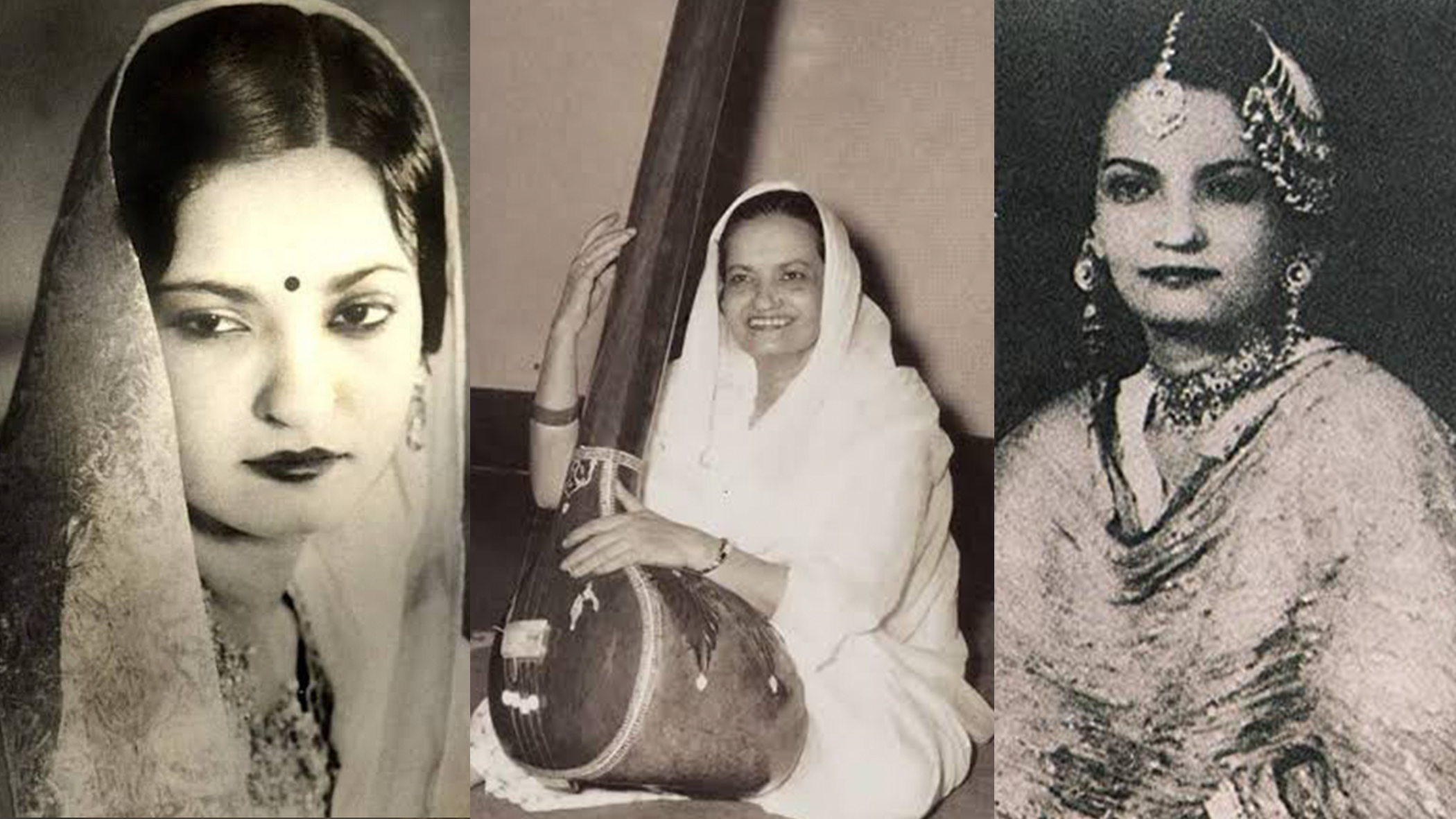Begum Akhtar’s life was the stuff of bestsellers.
Bibi (Akhtar) and her twin sister, Zohra, were born in Faizabad in 1914 to Mushtari Bai and a lawyer-father. But their father abandoned his wife and his two daughters when they were still very young.
Unable to bear the pain of being thus deserted, the twins swallowed poison. Zohra died but Bibi survived.
Knowing no other profession, her mother soon initiated Bibi into singing.
But Bibi’s life continued to be an unhappy one, with physical abuse, both at the hands of teachers and patrons, being a regular feature even before she turned 13. As a singer, however, she went from strength to strength, with the pain of her personal life imparting a moving element of melancholy to her voice.
She metamorphosed into the famous Akhtari Bai of Faizabad.
Zikr Us Parivash Ka…
Nirmal Chander Dandriyal’s 2015 documentary on Begum Akhtar does not delve unduly into these unsavoury aspects of her life. Zikr Us Parivash Ka, produced by Sangeet Natak Akademi, opens in the gullies of Faizabad where the man on the street is completely unaware of who Begum Akhtar was.
The camera then moves to a palace in Faizabad, slowly taking in the grandeur of the place, before zeroing in on the grandson of a royal patron of the singer who recounts how the singer insisted on returning the land his grandfather had gifted her.
And then the camera withdraws from the palace, going backwards and out of its grand sphere… you now have the voice of the singer herself, from a radio recording narrating how she ran away from her first teacher who would insist on teaching her at three in the morning.
A mere child, she preferred to be out in the open, under the mango trees, amongst the birds and the bees. Through this brilliant juxtaposition of two sequences, Dandriyal shows what little Bibi had to undergo to become the much-loved tawaaif of Faizabad.
The tawaaifs were empowered, independent women, observes Saleem Kidwai, a historian whose unabashed love for the singer has made him collect the tiniest of Akhtar memorabilia that he can find.
But classical singer Shruti Sadolikar points out that it was not always so. In the beginning, at private mehfils, tawaaifs were not allowed to sit and had to stand through their entire performance.
That Akhtari Bai came out of such humiliating circumstances and performed in public spaces, garnering respect and admiration, was as much a triumph of her talent as of her determination to play by her own rule book.
And when poetess Sarojini Naidu asked her to stage a show, in aid of the victims of a Bihar earthquake, the stigma of the kotha got wiped out forever.
“This is the first time I was to go on stage, and I was very nervous. I went on stage with shivering hands and cold feet but stayed there for two and a half hours, because the requests wouldn’t end,” laughs the singer in the radio interview in which she sportingly describes her singing as 'screeching'.
From Bai to Begum
With each passing year, her 'screeching' became so increasingly popular that Megaphone Recording Co had to import new machinery to meet the demands for her record – Deewana banana hai, toh deewana bana de.
Soon the silver screen beckoned, both in Calcutta and Bombay. Mehboob Khan and Satyajit Ray were two stalwarts in whose films she appeared, apart from several others, before an Oxford-returned advocate courted her into matrimony.
Becoming the wife of Ishtiaq Ahmed Abbasi finally got rid of the 'Bai' tag – she now became known as Begum Akhtar. But that entailed a price, as she had to stop singing. When this began telling on her health, on her doctor’s advice, she made a comeback with a recording at All India Radio (she was the only artiste allowed to smoke on its premises).
Professor Kidwai relates that in this second phase of her singing career, Abbasi influenced her to sing serious poetry. And she began singing at venues far removed from the mehfils of her youth. “Akhtar had tears streaming down her cheeks after singing for the cadets at Khadakwasla,” recalls Abbasi’s niece.
(This story has been republished from The Quint's archives to mark Begum Akhtar's 50th death anniversary. It was first published on 21 March 2016.)
